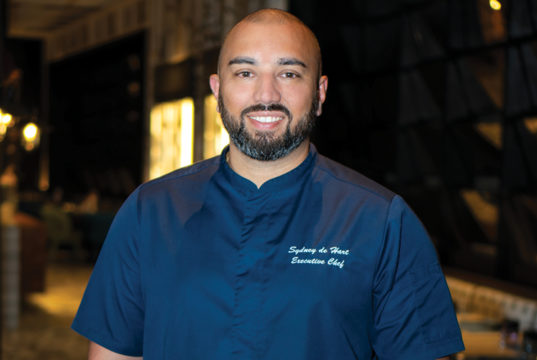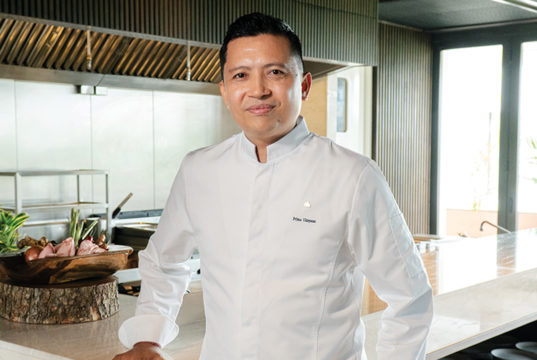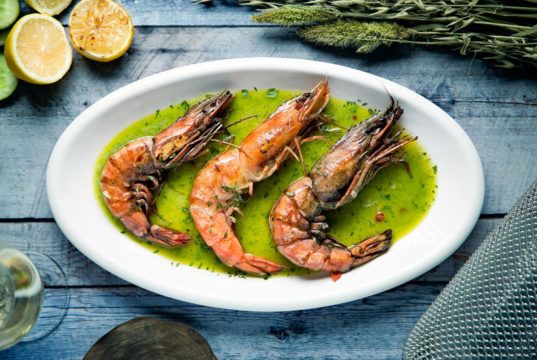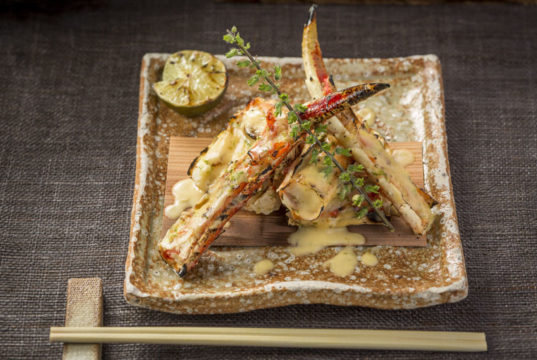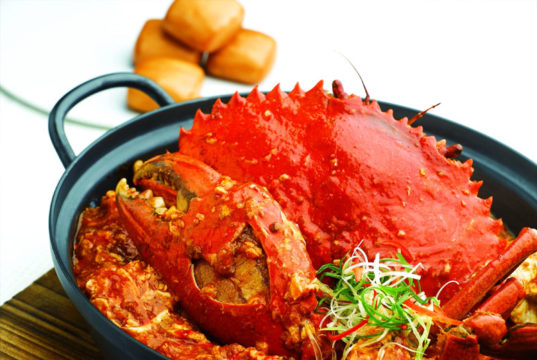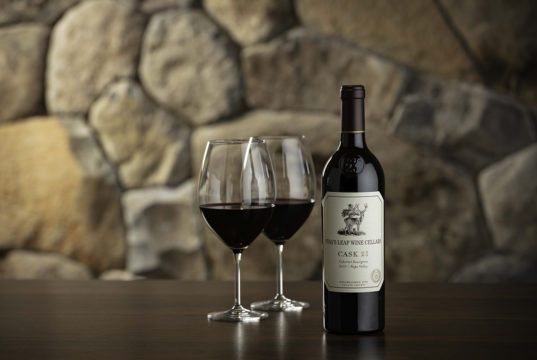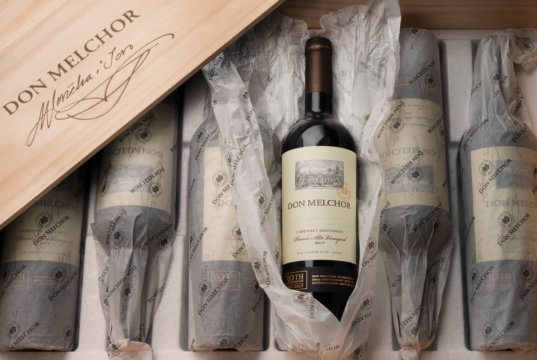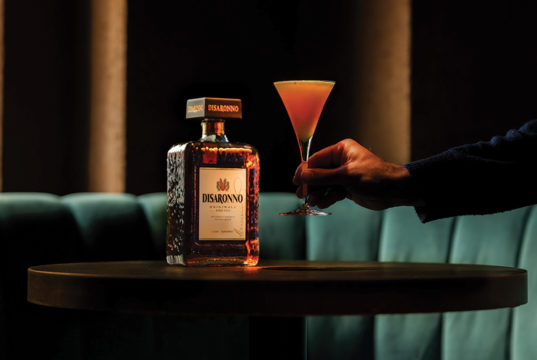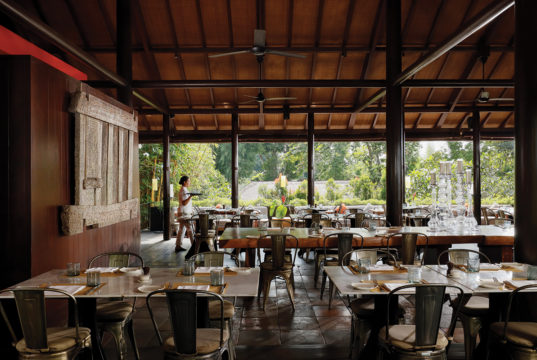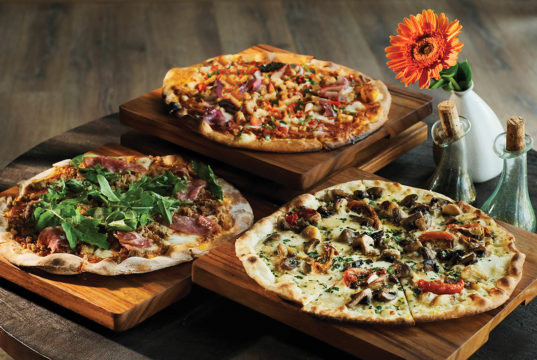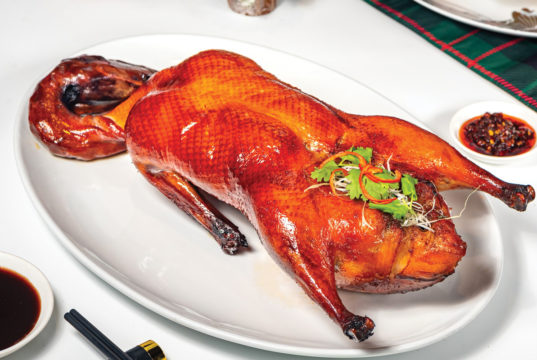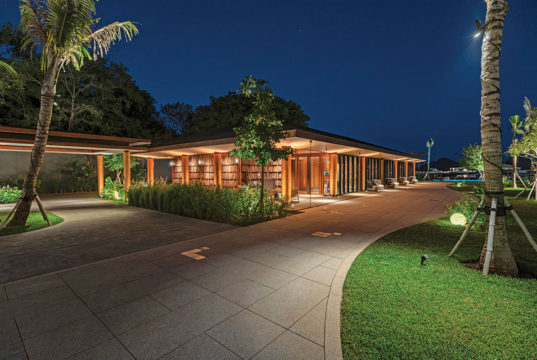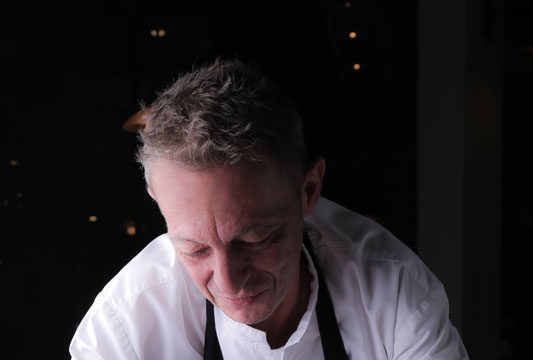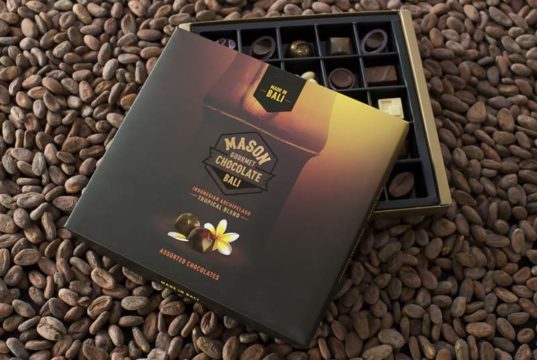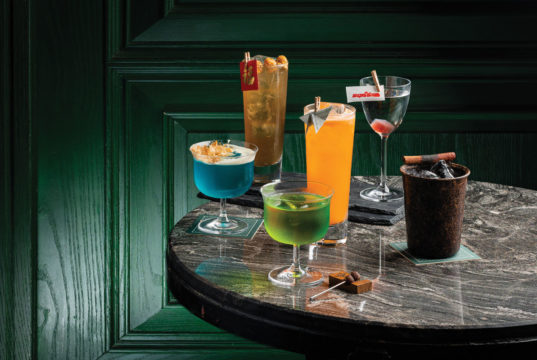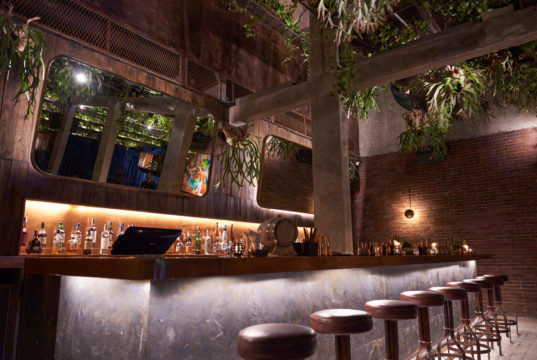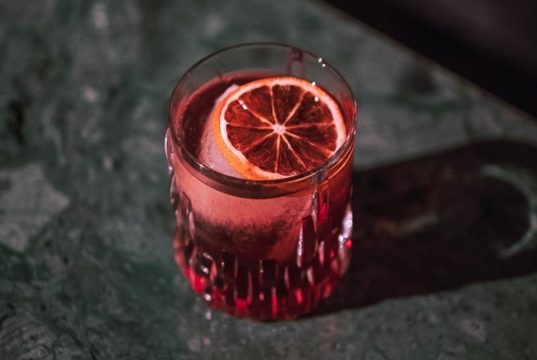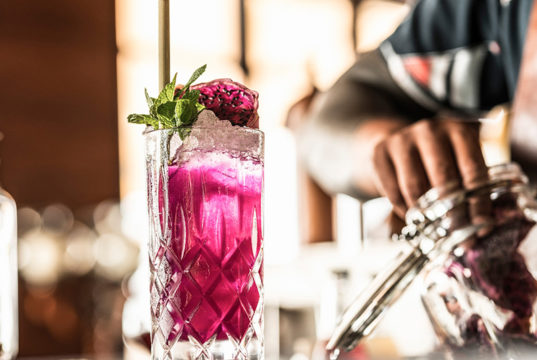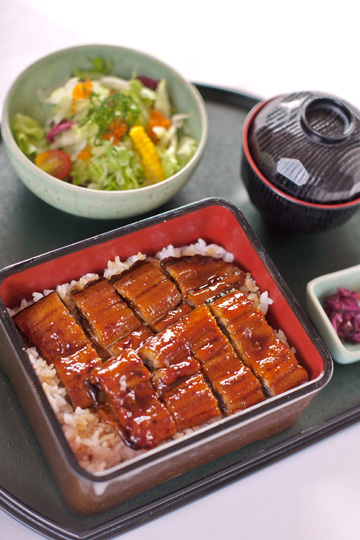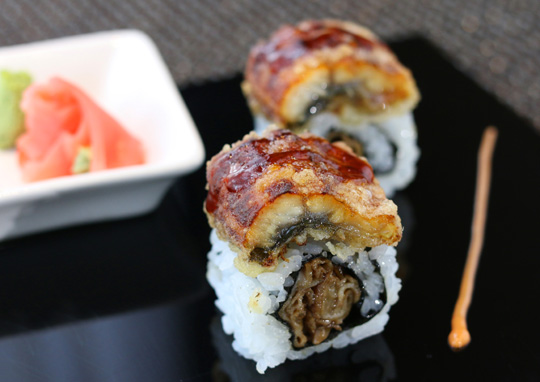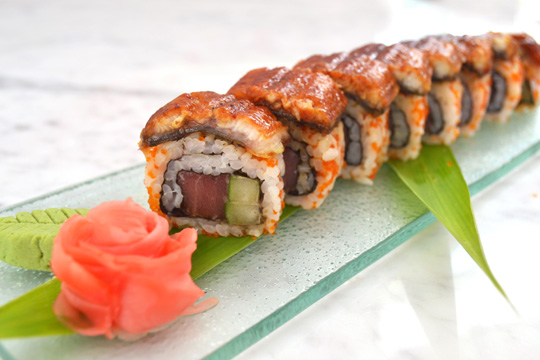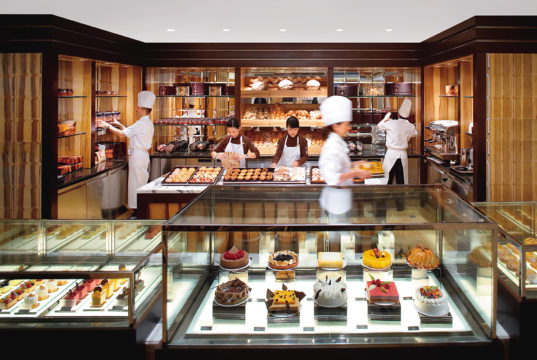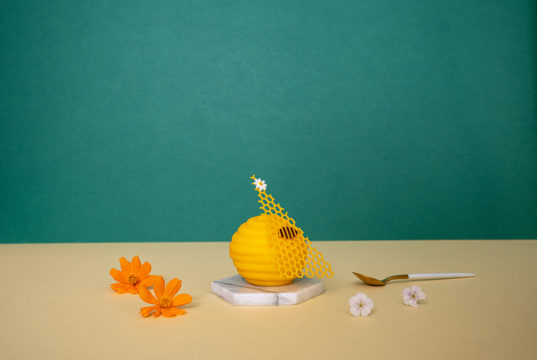The Disappearing Dish
There are over 800 species of eel, both freshwater and marine. But most groups have seen their stocks shrink to critical levels due over-exploitation and man-made interventions, such as dams that disrupt or destroy migratory paths and breeding cycles. As a result, the once common eel has almost disappeared from menus, with small-scale commercial farming in Indonesia and New Zealand providing only a minor boost. Today Japan accounts for around 70 percent of the total global eel consumption, although glass eels are still captured and used as fish bait in America. Freshwater eels (unagi) and marine eels (both conger eel and anago) are used in Japanese cuisine and famous dishes such as unadon and unajū remain extremely popular, but very expensive.
Toxic Eating | Eel blood is venomous to humans but the combination of cooking and our digestive process destroys the toxic protein within. The toxin derived from eel blood serum was used by Charles Robert Richet in his Nobel Prize-winning research which discovered anaphylaxis.
—
Unajyu
At Shiki Japanese Restaurant, Hilton Bali Resort
Unagi, Japanese freshwater eel, is one of Japan’s most famed and favourite summer dishes. High in protein, calcium, unsaturated fat and vitamins, the delicate and highly flavoured meat is traditionally eaten on hot days to provide extra energy. Shiki’s chef Goda Katsumi offers his guests a variety of unagi dishes and, justifiably, one of the most popular is the Set Meal Unajyu. Prepared using the style known as kabayaki, the method sees the eel (or other fish), split along its backbone before being gutted, boned, butterflied and cut into square fillets. The kabayaki eel is then grilled before being smothered in a sweet caramelised teriyaki sauce and placed on a bed of premium short-grain Japanese rice in a traditional lacquered box. Served with miso soup, pickles and a side salad, it is a delicious and nutritious healthy option. The unagi dishes are only presented on the dinner menu at Shiki, which is available from 5PM.
www.baliresort.hilton.com
—
Unagi
At AOKI Japanese Cuisine, Hotel Gran Mahakam
As one of the most stylish dining venues in the city, AOKI Japanese Cuisine at Hotel Gran Mahakam offers highly sought-after, authentic Japanese delicacies such as a wide variety of sushi and sashimi, ample selections of Japanese noodle dishes, as well as freshwater and marine eels. Both eels are essential in the Japanese culinary culture, and are prepared in many different ways. The special eel creations at AOKI Japanese Cuisine include unagi kabayaki, unagi nigiri sushi, and unagi gyuniku maki, each offering a fresh take for maximum enjoyment of these slippery snacks. If you’ve never had eels before, go for the kabayaki, which is a typical preparation of the unagi eel in Japan, and is quite approachable for culinary adventurers of all levels.
www.granmahakam.com/en/restaurants-in-jakarta.html
—
Kuu Maki
At Kuu Izakaya Dining, Maya Sanur
Izakaya is a Japanese concept not unlike the gastropubs of London and is found throughout Japan; they are venues where friends meet and socialise whilst enjoying a drink and quality, affordable “pub” food.Building on that concept and located in the very heart of Sanur, KUU Izakaya Dining is gaining a reputation throughout Bali for its exceptional menu and its quirky design. The venue offers a fabulous range of fine sakes and the menu is full of authentic Izakaya-style dishes, such as the KUU Maki.
Served with wasabi paste, pickled ginger and soy sauce, it is one of the perennial favourites, a beautifully presented sushi roll using sticky Japanese rice rolled and filled with tuna, lettuce, cucumber, seaweed, spicy mayonnaise and topped off with a slice of grilled eel coated in a secret soy sauce recipe. Perfect.
www.kuubali.com




